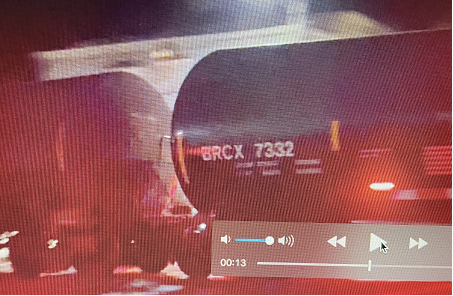PA Broke Law on Natgas Water Use: Group
August 11, 2010Potential Shale Gas Extraction Air Pollution Impacts
August 24, 2010Watching the regulatory kabuki up in North Texas can’t inspire a lot of confidence in the increasing number of South Texans leasing their land for so-called “nontraditional” natural-gas development in the newly popular Eagle Ford Shale [see “The next petro boom,” June 23]. Late last month, the industry’s PR front organization, the Barnett Shale Energy Education Council, released a little report that could have been titled, Frack Gas: Good For You Or What?, and branded with a big double-thumbs up. Dutifully reported as a news nugget by the Fort Worth Business Press, the totally underwhelming finding was that natural-gas drilling puts “some contaminants” into the air, but “not at levels that would cause any health concerns.” Even when the readings ran red-hot — such as was the case when Titan Engineering detected formaldehyde at levels that activist/blogger Sharon Wilson calculated were nearly three times as bad as the Houston Ship Channel’s worst — they were rationalized away in the gas company’s favor.
But Wilson wasn’t alone in her critique.
Jay Olaguer, director of air-quality research at the Houston Advanced Research Center, presented his analysis of the industry report last week, suggesting formaldehyde levels were being regularly underestimated. The industry blowback was significant enough that Olaguer asked the Current to submit all questions in writing.
Formaldehyde readings in the Titan study — which in one case reached 126 parts per billion — were “astoundingly high,” Olaguer replied by email. “I’ve never heard of ambient [formaldehyde] concentrations that high … except in Brazil where they use alternative fuels such as ethanol and gasohol for automobiles.”
And yet what the industry is actually putting into North Texas skies could be up to a hundred times greater than even the Titan study suggests. At least that’s what HARC teams found when they used more advanced sampling techniques to sniff out the Houston Ship Channel in May of last year.
Aside from the potential public-health impacts of formaldehyde (which can cause difficulty breathing at levels above 100 ppb and is a suspected carcinogen, according to the EPA), the chemical is also a “powerful radical precursor” that jumpstarts the creation of ground-level ozone. Something for all of South Texas to be thinking about as EPA ozone regulations are tightened this year.
Meanwhile, Alyssa Burgin, who has been organizing and educating residents on the topics of climate change and water scarcity through the Texas Drought Project for more than a year, says the experiences in North Texas (and elsewhere; remember the Pennsylvania cattle quarantine?) is a message for South Texas.
And yet … “I’m very concerned that people aren’t being fully informed about the dangers of [fracking], not only to their own properties and their own health and lives, but also to their neighbors,” Burgin said. “There’s going to be much more of this, as prices climb in particular, and people recognize that presumably this is doable on an economic basis.”
Expect some public hearings across South Texas on this stuff in the near future. But, yeah, don’t expect public health and ozone to be taken up when Hart Energy hosts a San Antonio conference on fracking the Eagle Ford this October. Judging from Titan’s offering, that’s probably for the best.



